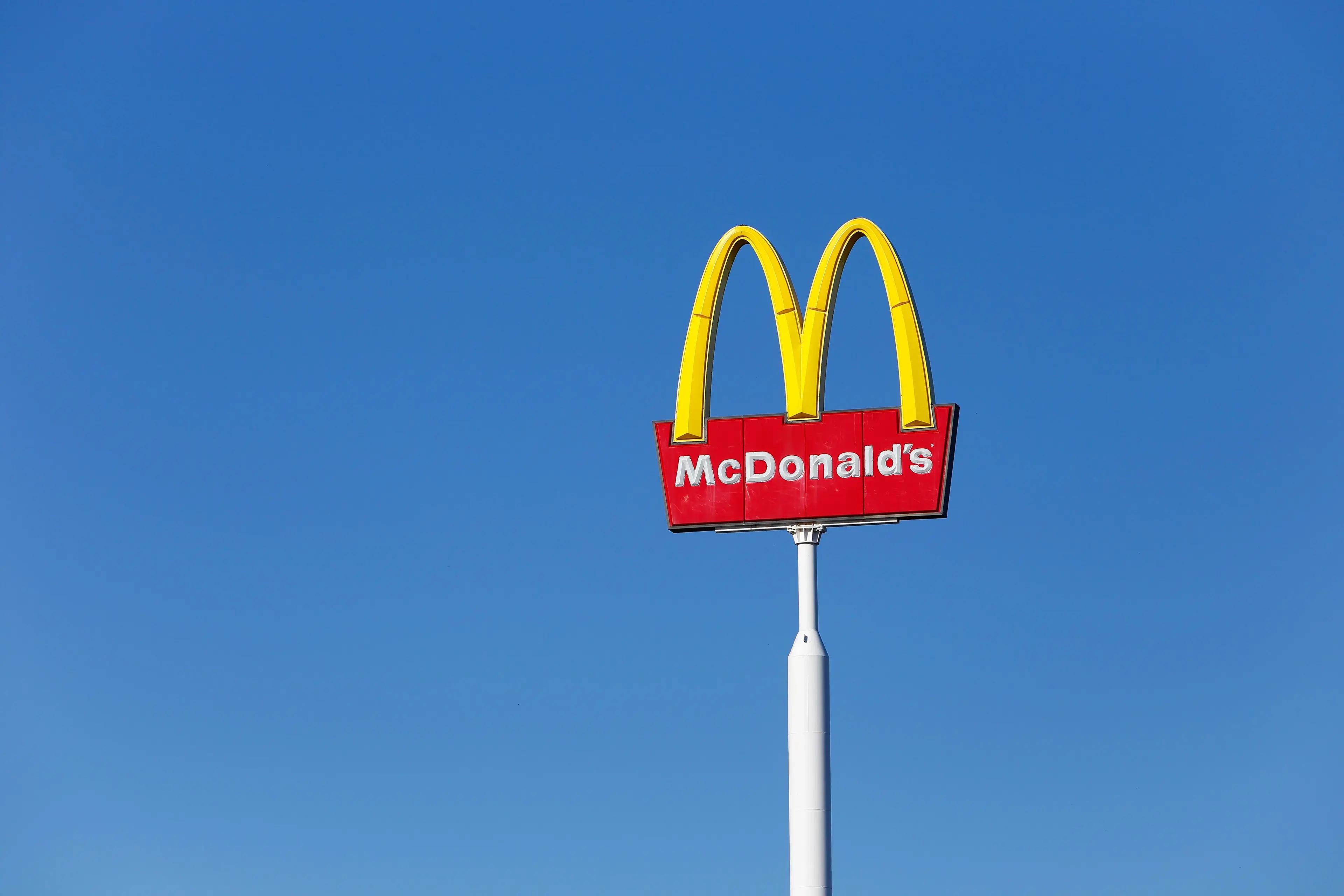What to Know About E Coli Outbreak Linked to McDonald’s Quarter Pounders
Pharmacists will likely be the first contact for many affected patients, and they should be able to provide evidence-based advice on how to manage their infection.
The CDC released a Food Safety Alert yesterday indicating that a severe Escherichia coli (E coli) outbreak that has sickened dozens across 10 states is linked to McDonald’s Quarter Pounders.1
Image Credit: Roland Magnusson - stock.adobe.com

Thus far, 49 individuals have been sickened, with 10 patients hospitalized. Most patients are from Mountain West states Colorado (26) and Nebraska (9). One older individual in Colorado has died due to the illness, while a child has been hospitalized with complications of hemolytic uremic syndrome (HUS), a condition that can cause kidney damage, the CDC announced.2
Calling it a “fast-moving outbreak investigation,” the CDC said that everyone interviewed has reported eating at a McDonald’s prior to their illness. In particular, most interviewees mentioned eating a Quarter Pounder hamburger, one of the chain restaurant’s signature menu items. All affected individuals have gotten sick from the same strain of E coli, O157:H7.1,2
Although the specific ingredient linked to the illness and its spread has yet to be identified, investigators from the CDC, along with the FDA; US Department of Agriculture; Food Safety and Inspection Service; and state public health officials have focused on fresh beef patties and fresh slivered onions.1,2
These ingredients have been proactively removed from McDonald’s locations affected by the outbreak, according to restaurants who have reported to the CDC. In some states, the Quarter Pounder may be unavailable throughout the duration of the investigation.2
E coli bacteria are found in the intestines of people or throughout the environment and are often harmless, being found in healthy intestinal tracts. However, some strains can make individuals sick after they are swallowed, with complications such as diarrhea, urinary tract infections, sepsis, pneumonia, and other illnesses. Symptoms of infection usually begin 3 to 4 days after the bacteria is swallowed.3
Image Credit: Ezume Images - stock.adobe.com

The CDC is calling on individuals to call their health care provider if they recently consumed a McDonald’s Quarter Pounder and have severe E coli symptoms, such as excessive vomiting, bloody diarrhea, signs of dehydration, and a fever higher than 102°F.3
According to the CDC, individuals at increased risk of E coli infection include adults 65 years and older, children younger than 5, individuals with weakened immune systems, and international travelers. HUS, which has hospitalized a child as part of the outbreak, can be caused with Shiga-toxin producing E coli (STEC) and lead to kidney failure and permanent health problems.3
Managing E coli infection primarily relies on drinking extra fluids to prevent dehydration due to diarrhea, the CDC says. Anti-diarrheal medication, such as loperamide (Imodium), may be of use for some patients, but it is critical that a health care provider is contacted prior to consumption; taking such medication can help with diarrhea and cramps, but can also prolong the illness.4
Furthermore, some individuals may be at greater risk with use of anti-diarrheal medication. Individuals with high fever or bloody diarrhea should not use such medication. In addition, if infected with STEC, anti-diarrheal medication should not be recommended, as its use can increase the chance of developing HUS. Lastly, children under 12 should not use medications containing bismuth subsalicylate—these include Pepto-Bismol and Kaopectate.4
Fortunately, most individuals with E coli infection can recover within 5 to 7 days without needing antibiotics.4
Pharmacists should know what to look for in a patient with possible E coli infection and immediately report it to their local health authority. Additionally, pharmacists will likely be the first contact for many affected patients, and they should be able to provide evidence-based advice on how to manage their infection.
